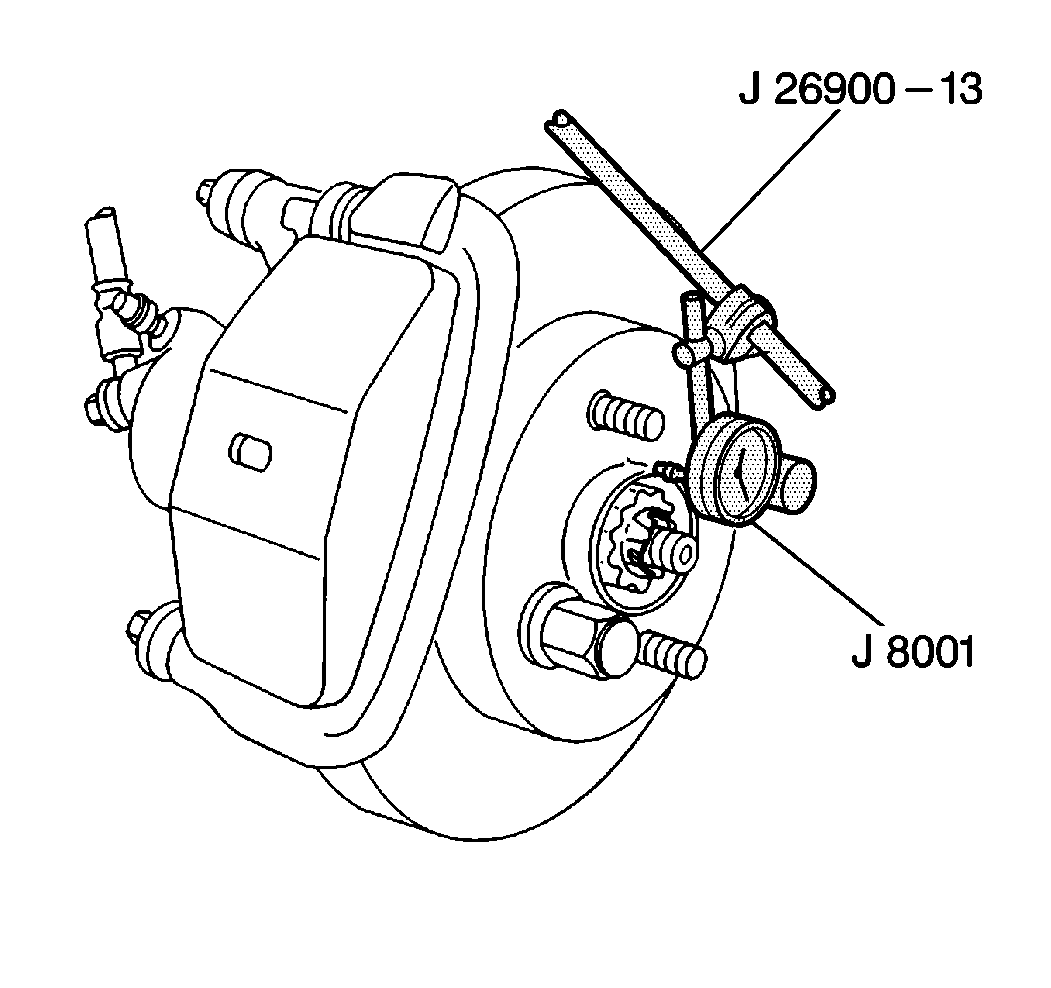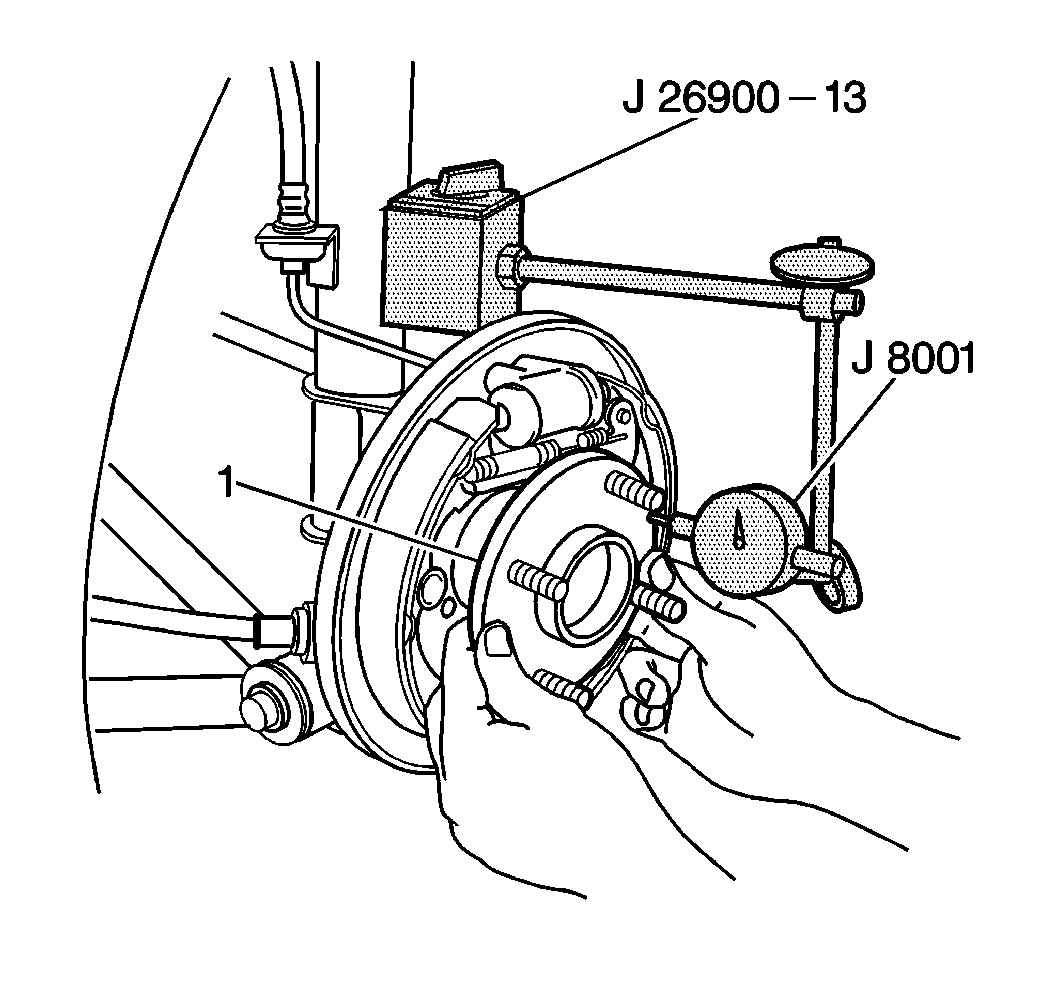Wheel Bearing Noise
A road test can usually indicate excessive wheel bearing noise. Although
it is difficult to verbally describe sound, wheel bearing generally emit a
kind of howling sound when they go bad. This sound is only present when
the vehicle is moving, it is constant and unwavering, and it increases in
loudness and pitch with vehicle speed. If wheel bearing noise cannot be
positively diagnosed, or if the front or rear origin of the noise cannot
be determined, perform the following wheel bearing test:
- Raise and support the vehicle. Refer to
Lifting and Jacking the Vehicle
in General Information.
- Spin the wheels by hand. Check for out-of-round tires, out-of-balance
tires, bent rims or loose wheel bearings.
Caution: On front-wheel drive vehicles, drive wheel spin should be limited to
56 km/h (35 mph) as indicated on the speedometer. This limit is necessary
because the speedometer on some front-wheel drive vehicles only indicates
half of the actual wheel speed when one wheel is spinning and the other wheel
is stopped. Unless care is taken to limit drive wheel spin, the spinning wheel
can reach excessive speed. This could result in possible tire disintegration
or differential failure, which could cause serious personal injury or extensive
vehicle damage.
- Spin the rear wheels using a commercial wheel spinner. Spin the front
wheels using the engine.
- If noise can be heard from the passenger compartment, replace
the noisy wheel bearing cartridge. Refer to
Front Wheel Bearing and Hub Replacement
in Front Suspension or
Rear Wheel Bearing and Hub Replacement
in Rear Suspension.
- Lower the vehicle.
Tools Required
Perform the following test to check for looseness in the bearing cartridge
assembly.
- Raise the vehicle. Support the vehicle. Refer to
Lifting and Jacking the Vehicle
in General Information.
- Remove the front or rear wheel and tire assemblies. Refer to
Wheel Removal
.
- Perform the following procedure for disc brakes:
| 3.1. | Reinstall two wheel lug nuts to hold the rotor tight. |
| 3.2. | Compress the caliper piston to free the caliper assembly. |

- Perform the following procedure for drum brakes:
| 4.1. | Remove the brake drum. |

- Install the tire and wheel assemblies. Refer to
Wheel Installation
.
- Lower the vehicle.


